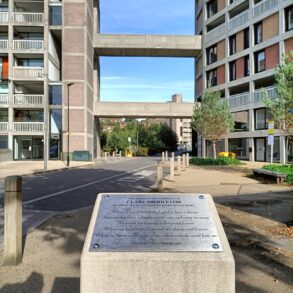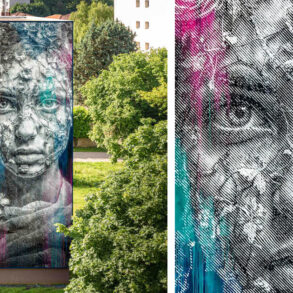
Travelling through the streets, tube stations and highway structures of London, we often see a shroud of graffiti covering the landscape.
Whether this is considered ‘Vandalism’ or not, is a good debating point.
Many view graffiti as a form of expression and find the art illuminates communities and architecture, showcasing the talent of local artists.
This form of ‘defamation’ has also been rewarded with fame, as seen through popular graffiti artist Banksy and his narration of political issues through street art.
However, a considerate amount of people may argue otherwise.
This form of ‘defamation’ has also been rewarded with fame, as seen through popular graffiti artist Banksy and his narration of political issues through street art.
However, a considerate amount of people may argue otherwise.
Some people put forward the idea that graffiti is at times associated with the stigma of violence and gangs, therefore projecting the idea that graffitied areas are dangerous or indicate poverty.
Additionally speaking, Google states the London underground alone, spends £2.5 million to clean up graffiti with and additional £10m spent on replacing glass etched with graffiti.
The funds allocated to clean up London come from taxpayers, raising the judgement that it is unfair for the majority to pay for the crimes of the minority.
While graffiti is existent in all living cultures, contemporary, modern day graffiti started off in New York in the late 1960s.
Back then and sometimes even today, the form of art was referred to as ‘writing’ and began with children writing their names on walls and trains.
It can be found that there are legal ways of using graffiti as an innovative outlet via legal or open walls.
These walls essentially are public spaces which allow for graffiti by any member of the public.
Located in London, eight former railway arches beneath Waterloo station, adjoin together to make one of London’s largest legal graffiti walls.
This wall can be seen as a tourist attraction and something that benefits rather than harms the local community.
Although graffiti can be associated with the infamy of brutality and mobs, and can be seen as a criminal offence, it can often times be a source of outward expression, showcasing someone’s artistry and bringing colour to dull communities
This post was originally published on this site be sure to check out more of their content.








